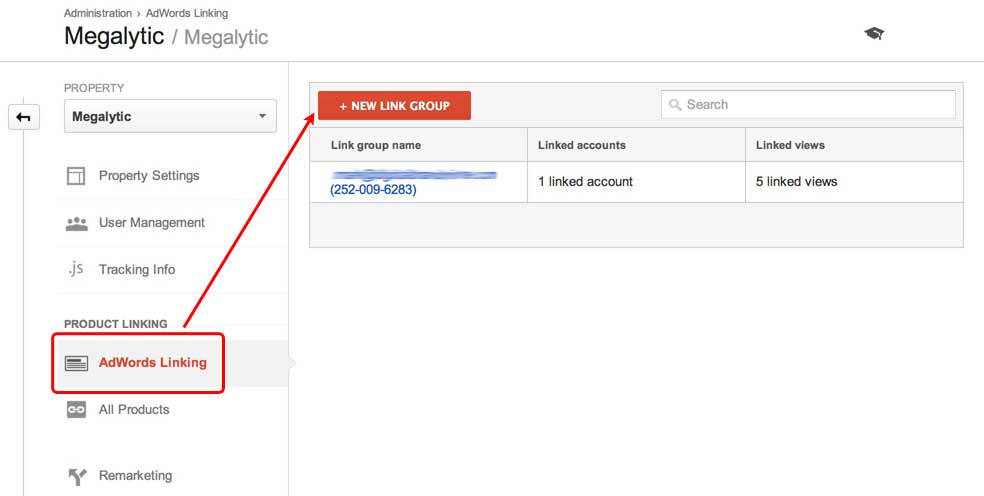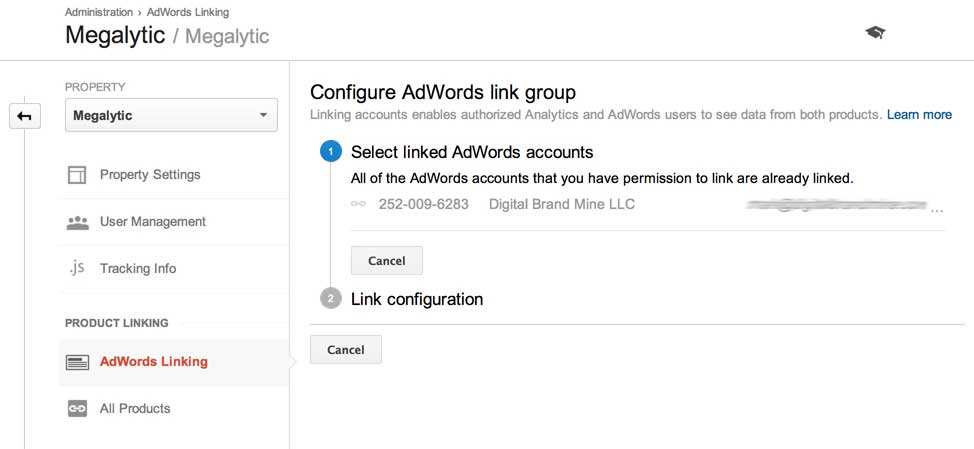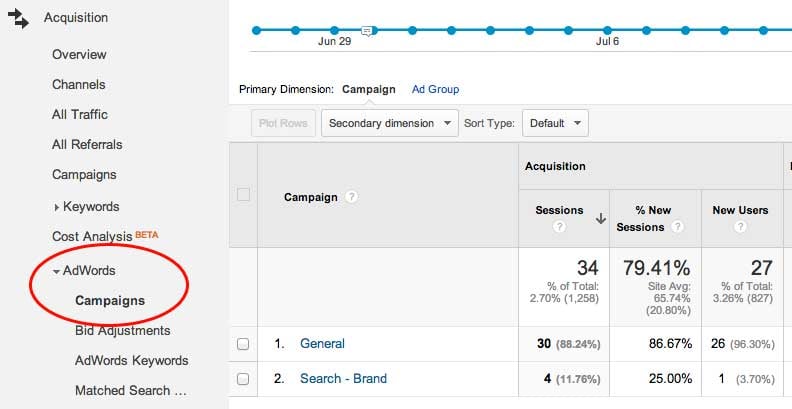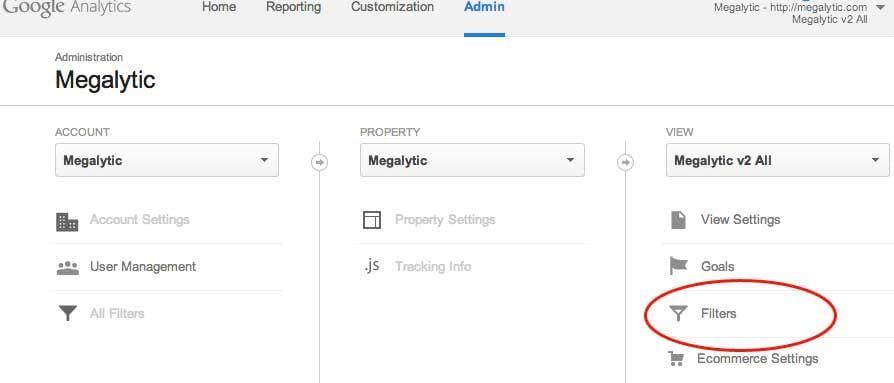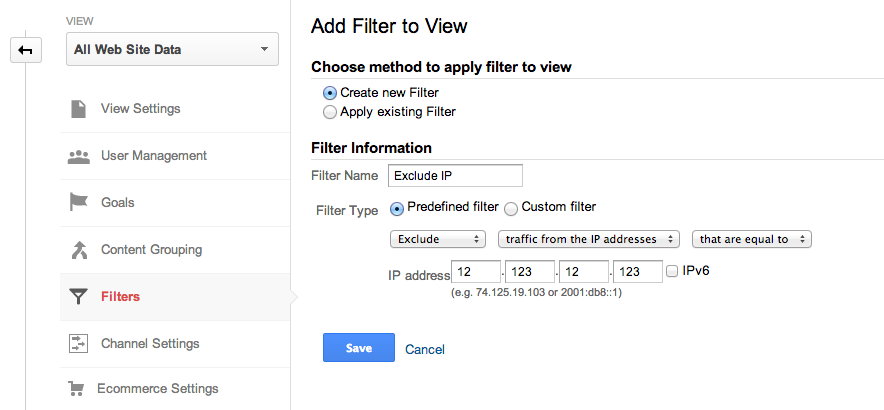
Leaving Tracking Code Off Pages
The Google Analytics tracking code needs to be placed on every page you wish to track. If the code is left off a page, you’ll throw off the metrics for any session that touches that page.
For example, say that you’ve left the code off an About page. A user comes to your site via a Google search and lands on your homepage. Next, that user goes to the About page. Google Analytics then shows a bounce from the homepage for that user, instead of showing that he or she spent additional time on the site and went to another page. Finally, if the same user clicks back to another page that does contain the tracking code, a new session will begin, as the user is seen as entering the site again via a referral from the untagged About page. You can see how leaving the code off that one page will skew important information about how users interact with your site.
If you or your developers are placing the tracking code on a simple template site, like a basic Wordpress build, placement across the site generally is not an issue. However, in a more complex site, like one that uses one CMS for ecommerce and another for a blog, it may require more custom editing to add the code across the site. Work with a developer to ensure it is placed properly across the site. A tool like GA Checker can help you make sure it is set up right.
Forgetting to Link AdWords
If you’re running Google AdWords campaigns, you need to make sure that data from ads is flowing properly to your GA account. AdWords integrates seamlessly with Analytics, allowing you to see data by campaigns, ad groups, ads, keywords and search queries directly through the GA interface.
However, you do have to manually link your accounts together. If you don’t link them, all AdWords visits will show up as coming from Google organic search, obviously problematic in multiple ways. Your organic data will be skewed as it will now include AdWords sessions, you won’t see any sessions from ads, and you’ll miss out on opportunity to optimize ad campaigns based on GA data.
To link accounts, first ensure that the Google account you’re using has access to both the Analytics and AdWords accounts. Then, within Analytics, select “Admin” from the top navigation bar. Use the dropdowns to select the Account and Property you’d like to link.
Then, click “AdWords Linking” in the Property column. From there, click “New Link Group.” You’ll then see a list of AdWords accounts connected with your login. Select the account you’d like to link and click Continue.
Under “Link Configuration,” the next step that appears, select the views you’d like to link to the AdWords account. Finally, click “Link Accounts,” and you’re all set!
You’ll then start to see data from AdWords show up under Acquisition > AdWords, as well as under Acquisition > Campaigns.
Besides the benefit of having proper data in Google Analytics, you’ll also be able to better optimize your ad campaigns, since you can now see engagement stats like bounce rate and session duration.
Not Filtering out Internal Sessions
How many times do you visit your own website during a given week? You’re likely on it several times a day. And, if you’re part of a large company, what about your staff? It’s likely that multiple staff members are also visiting the site each day. If you see that 100 sessions occurred on your site in a day, and then realize that 20 of those sessions came from your own company, you’re in for some disappointment.
To avoid this, filter out IP addresses for yourself and anyone else you don’t want to track in analytics. If you’re in an agency setting, you should filter out the IP address for your headquarters, as well as for your clients. If you access a site both from your home and an office, filter out both of those IP addresses. Ask your staff to provide their home IPs, as well, to exclude these from tracking purposes.
Perhaps you don’t know your IP address offhand. You can ask your system administrator for a list of IP addresses that could be associated with your location. Also, you can type “what is my ip” into Google to see your local IP address.
Once you’ve collected the IP addresses you’d like to exclude, you’ll need to create a custom filter. Go to the Admin section of Analytics and select the appropriate Account, Property, and View from the dropdowns. Then, select “Filters” in the View column.
Once you’re in the Filters section, click “New Filter.” Give your filter a name and keep Filter Type on Predefined. Under the second dropdown, select “Traffic from the IP Addresses” and enter your IP address into the fields below. Save it, and you should now be filtering out internal sessions.
Not Setting up Goal Tracking
Tracking sessions on your site is a crucial first step, but are you taking the time to track the return from those sessions? If you’re not tracking how many people contact you or make a purchase via your site, you’re missing out on crucial data. When you need to deliver a report to your boss or a client, sessions and engagement alone won’t tell the full story about what kind of results a website is driving.
Goals help fill in the gaps to provide data about the actual return from users on your site. However, you need to take the time to manually set them up.
First, you need to identify what sorts of conversions you should be tracking on your site. It may be an appointment scheduling form, a newsletter signup or a product purchase. You’ll then need to set up these conversion points in the Goals section of Google Analytics. For more specific setup details, as well as advice on identifying goals to track, see this article on translating business goals to analytics goals.
Conclusion
Now that you’ve seen a few common problems in GA setup, take some time to check your tracking code and your analytics views to ensure you’re seeing the data that should be there. If you’re missing pages, missing ad traffic, unintentionally inflating data with internal visits, or not tracking goals, you should fix those issues immediately.
